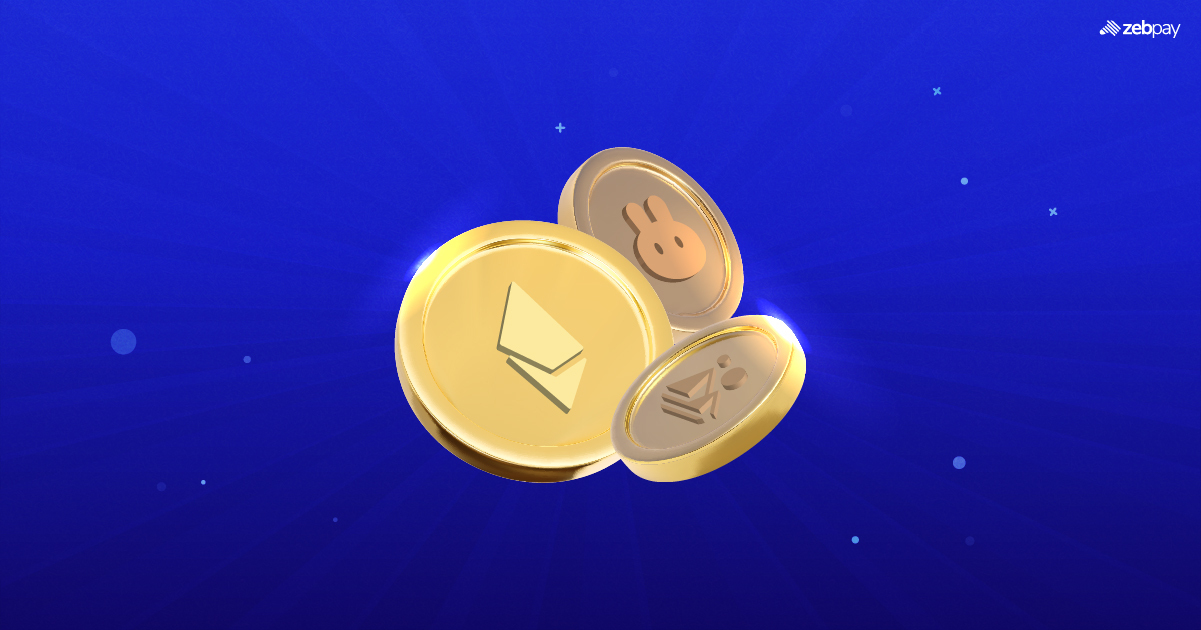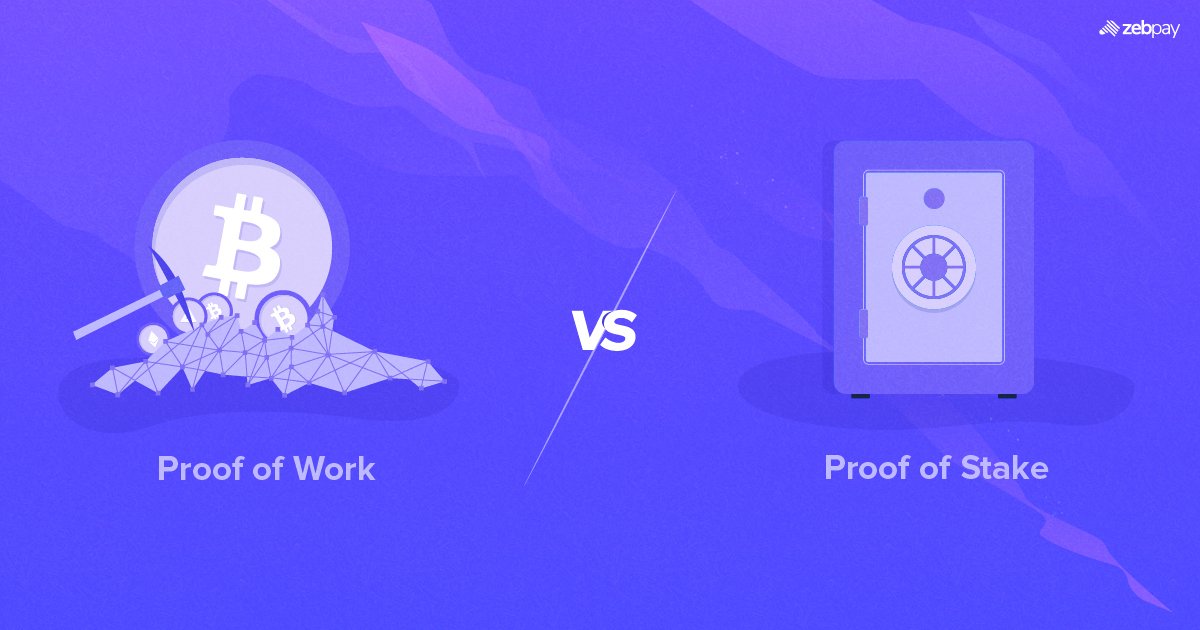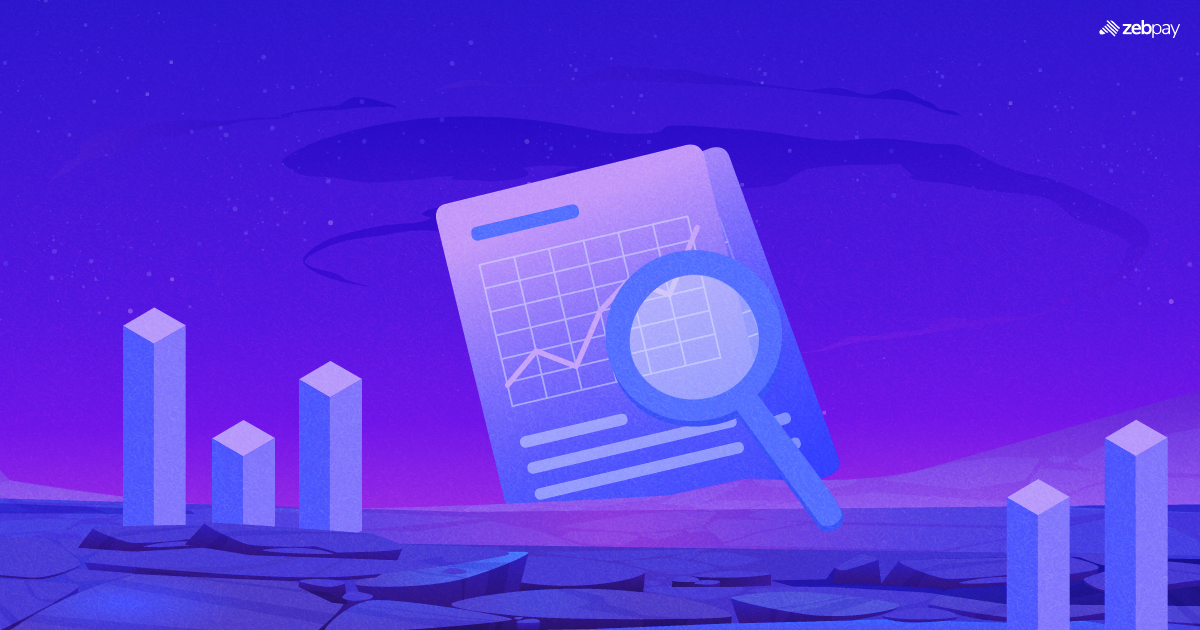Blockchain has emerged as one of the most prominent innovations in the last decade. It has revolutionized fields like finance and art and is making its way into gaming too. As such, there are thousands of new players in the market, which can be confusing for new investors and users. So here are the three most popular blockchains with varied applications that you should know about.
Introduction About Blockchain
Blockchain was first introduced with the launch of Bitcoin in 2008. It is a decentralised, digital ledger of transactions available to anyone around the world. It is also known as “distributed ledger technology”.
It emerged as a way to increase transparency, streamline supply chains and simplify the process of transactions. Transactions on a blockchain are visible to all users, cannot be altered or deleted and can be completed in just a few seconds.
New features like smart contracts and decentralised applications have led to even greater interest in the field, with many users participating in games or financial applications built on the blockchain.
Read more: What are Blockchain Layers
Top 3 Blockchain Projects
Here are the top blockchain projects you should know about.
Ethereum
In the early years of crypto, there was very little diversity in the field. Most tokens on the market served the same purpose as Bitcoin, with only some minor changes to improve the user experience or functioning of the blockchain. All this changed with Ethereum.
Launched in 2015, Ethereum is a blockchain platform that allows users to create and develop new experiences on the blockchain. It is a programmable, secure and decentralized platform that can be used by any developer to create dApps (Decentralized applications).
The key feature that sets Ethereum apart from other blockchains at the time is the inclusion of smart contracts. Smart contracts are basically sets of code that execute automatically when certain conditions are met. This is highly beneficial in a decentralised platform, as it eliminates the need for a trusted third party to verify a contract. The blockchain takes care of it automatically.
On a centralized platform like Visa, transactions can be verified by the company itself. However, there is no central authority in Ethereum. To solve this verification problem, it uses a consensus mechanism called Proof of Stake.
Under this system, individuals “stake” or lock in their tokens to help secure the network. Those that stake their tokens get a chance to validate transactions and add them to the blockchain. Successfully validating a “block” of transactions grants you rewards in the form of Ethereum.
PancakeSwap
Decentralised finance is a major innovation aided by the rise of blockchain technology. One such DeFi application is PancakeSwap. It is a decentralised crypto exchange (DEX) that allows you to buy and sell tokens without the need for a central authority.
Other DEXs in the industry usually use the Ethereum blockchain, but PancakeSwap operates on the BNB chain. Ethereum is notorious for its high gas fees and network congestion. The BNB chain alleviates these problems and allows PancakeSwap to be fast and cheap to use.
Read more: What is PancakeSwap
How does PancakeSwap work? : It uses a system known as “Automated Market Maker” or AMM. On a traditional exchange, buyers and sellers are matched so that trades can be completed. But an AMM does not have a counterparty. Instead, users trade with “liquidity pools”
A liquidity pool is a smart contract that holds a supply of crypto tokens. These tokens can be lent out to platforms to meet their liquidity needs. PancakeSwap thus draws from these liquidity pools to immediately fulfil a trader’s order. You do not have to worry about finding a counterparty to the trade as it executes automatically.
You can earn through PancakeSwap in many ways. The first is called “Liquidity farming”. In this process, you provide your crypto funds to these liquidity pools as funds for lending. In return, you receive interest and rewards in the form of more crypto tokens. Alternatively, you can also stake tokens on the platform to earn a passive income.
Decentraland
Decentraland is one of the earliest Metaverse platforms in the world. It offers a vast, immersive game platform where you can build, fight, interact with the world and trade virtual goods in a marketplace. But unlike other online games, you actually own everything you earn in-game.
All in-game items like currencies, clothing, accessories and even virtual real estate are NFTs. Therefore, you truly own everything you collect and can buy and sell them using crypto tokens. This provides for a more engaging game experience where you are rewarded for your time invested.
There are three main features of Decentraland
- Create New Experiences – Decentraland allows you to build immersive gaming experiences for other users to experience. From villages to dungeons and entire cities, anything is possible. Building on your land also enables you to earn from it, as you can monetize entry to the experience.
- Marketplace – Decentraland has a thriving marketplace where you can buy and sell in-game items with other players. This includes clothes, land and even in-game names. Each purchase allows you to display your creativity and wear the latest fashion through your avatars.
- Decentralised – There is no single company or entity in control of Decentraland. Instead, it is governed by its users. If you own the native token of the platform – MANA – you can participate in decision-making and vote on key issues such as treasury decisions, platform upgrades and other such matters.
If you are interested in gaming or shared virtual spaces, Decentraland is an interesting platform to explore.
You can now trade Ethereum, PancakeSwap and Decentraland (MANA) on ZebPay.







